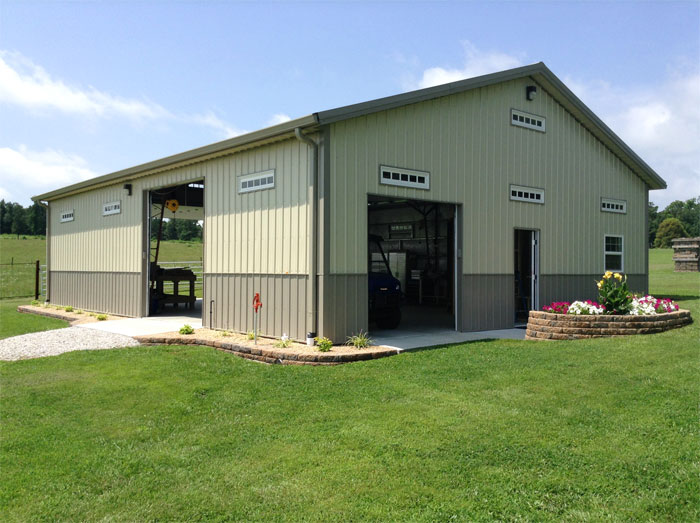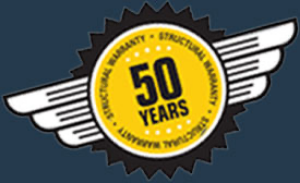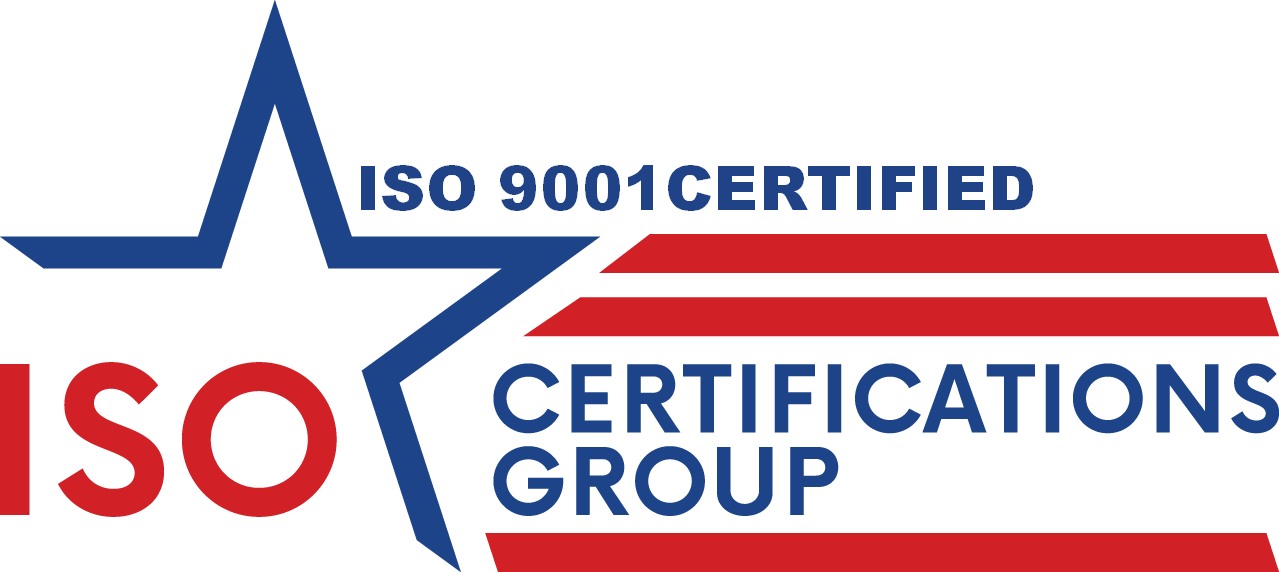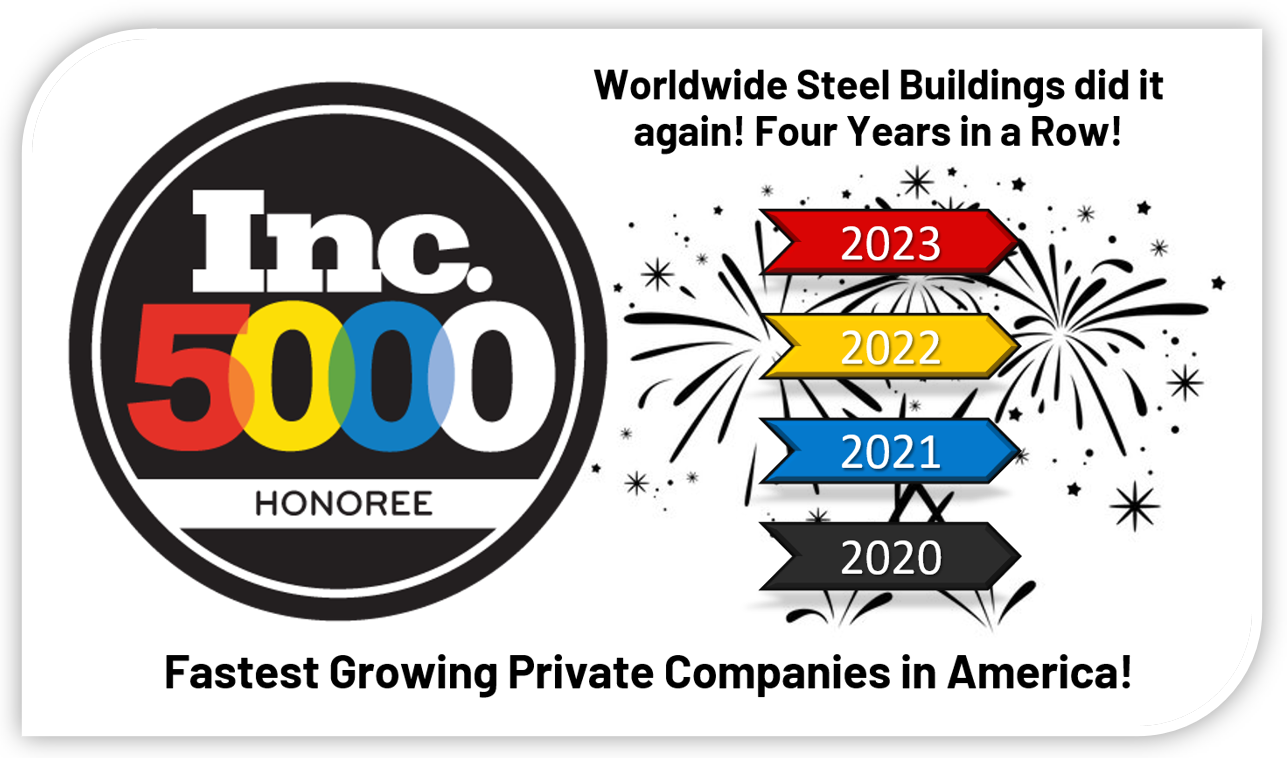How to Get a Metal Building LEED Certified

Starting the process to get your metal building LEED (Leadership in Energy and Environmental Design) certified is like beginning a journey toward sustainable excellence. LEED certification isn’t just about meeting green standards; it’s about leading the way into a future where making eco-friendly choices is a key part of building design. Metal building systems are especially suitable for this because of their durability and flexible design, making it easier to use green building methods that go beyond the usual standards set by the U.S. Green Building Council (USGBC).
LEED certification is known worldwide as a top standard for eco-friendly building. Going for this green building certification shows a deep commitment to making building projects that stand out not just for how they are built, but also for what they stand for—better health for our planet and better conditions for building owners and the people who use these buildings.
This guide will explain the essential steps of the LEED certification process for your new construction project, from understanding the basic requirements to adopting advanced design strategies. Join us as we delve into how you can integrate sustainability into the very foundation of your building.
Understanding LEED Requirements
The LEED rating system is based on a points system that evaluates the environmental performance of a building and its impact on occupants. Developed by the USGBC, LEED certification is sought after globally and recognizes sustainability in building design, construction, operations, and maintenance. Here are the key categories on which the LEED rating system is based:
- Sustainable Sites: This category focuses on the location of the project and the surrounding environment. It encourages strategies that minimize the impact on ecosystems and water resources. This includes site selection, managing stormwater, reducing the heat island effect, and providing access to public transportation.
- Water Efficiency: LEED encourages reduced water use and implements strategies to conserve water both inside and outside of the building. This includes water-efficient landscaping, innovative wastewater technologies, and high-efficiency fixtures and fittings.
- Energy and Atmosphere: This area emphasizes optimal energy performance through innovative strategies. Points are awarded for using renewable and clean sources of energy, enhancing energy efficiency, and reducing greenhouse gas emissions.
- Materials and Resources: This category promotes the use of sustainable building materials and reducing waste. It includes considerations for reusing materials, selecting recycled content, and managing construction waste.
- Indoor Environmental Quality: The focus here is on creating a comfortable indoor environment that promotes the health and well-being of occupants. This includes improving air quality, maximizing natural light, and implementing acoustic design.
- Innovation: Projects can earn points for innovative strategies that provide environmental, health, or economic benefits beyond what the standard LEED categories cover.
- Regional Priority: Points are available for addressing environmental priorities specific to the project’s geographic location.
- Location and Transportation: Introduced in LEED v4, this category rewards thoughtful choices about building location, with credits that encourage compact development, alternative transportation, and connection with amenities.
Buildings can earn different levels of LEED certification (Certified, Silver, Gold, or Platinum) depending on the number of points they achieve across these categories. The green building rating system is designed to promote a comprehensive approach to sustainability by evaluating the whole building in various areas affecting human and environmental health.
Design Considerations for LEED Metal Buildings
When designing a metal building with the goal of achieving LEED certification, there are several key design considerations to address. These considerations are crucial for minimizing environmental impact and enhancing efficiency and sustainability. Here are some important aspects to consider:
- Choosing the Right Location:
- Pick a place that doesn’t harm the environment much. Try to build on previously used land or where there’s already infrastructure (like roads and utilities).
- Plan the outdoor spaces to keep the natural habitat healthy, manage rainwater well, and provide plenty of green areas.
- Saving Energy:
- Utilize high-performance building envelopes (including walls, roof systems, and fenestrations) to minimize heat loss in winter and heat gain in summer.
- Use systems and appliances that don’t use a lot of energy for heating, cooling, and lighting.
- Think about using renewable energy sources, like solar panels or wind turbines, to cut down on using non-renewable energy.
- Using Water Wisely:
- Install water-saving toilets, faucets, and appliances to reduce water use inside the building.
- Choose plants that don’t need much water for landscaping, or collect rainwater to use for watering plants.
- Choosing Materials Carefully:
- Use recycled content which helps reduce the need for new resources.
- Try to get materials from local sources to cut down on pollution from transporting them.
- Plan to use materials efficiently to create less waste during building and think about how parts of the building can be reused or recycled in the future.
- Keeping the Air Clean and Fresh:
- Allow for plenty of natural light and provide views outside to make indoor spaces more pleasant and reduce the need for electric lights.
- Use paints, glues, and other materials that don’t give off harmful fumes.
- Provide adequate ventilation and high-efficiency air filters to ensure healthy indoor air quality.
- Being Innovative:
- Try out new and better ways to build that go above the usual requirements for being green and efficient.
- Consider using advanced technologies that help the building function better and be more sustainable.
- Planning for the Future:
- Build in a way that makes it easy to take care of the building and keep it running efficiently.
- Include systems that help you keep track of how much energy and water the building uses.
- Building to Last:
- Make sure the building can handle the local weather and any potential natural disasters.
- Design the building so it can be easily changed for different uses over time, which helps it last longer and stay useful.
These steps are key in designing a metal building that meets LEED standards, helping it earn points for being environmentally friendly, cost-effective, and a healthier place for people to spend time in.
The LEED Certification Process for Metal Buildings
The LEED (Leadership in Energy and Environmental Design) certification process is a structured approach developed by the USGBC to evaluate the environmental performance and sustainable design of buildings. The process is comprehensive, ensuring that buildings meet high standards of efficiency and environmental responsibility.
- Registration
Register your project with the U.S. Green Building Council (USGBC) and pay the registration fee.
- Credit Selection
Choose which LEED credits to pursue, based on your project’s sustainability goals and the potential to meet specific environmental performance standards. Categories include energy efficiency, water usage, materials used, indoor environmental quality, and more.
- Design and Construction
Design and construct the building while ensuring all chosen sustainability features align with the selected LEED credits.
- Documentation and Submission
Collect and submit evidence that demonstrates compliance with LEED requirements, such as construction documents, material specifications, and energy usage data.
- Review
The USGBC reviews your documentation. This process might include requests for additional information to verify compliance.
- Certification
If the project meets the LEED criteria, it receives certification at one of four levels: Certified, Silver, Gold, or Platinum, depending on the number of points earned.
- Post-Certification
After certification, maintain the building’s sustainable features and possibly promote the LEED status to highlight the building’s environmental efficiency.
This process not only demonstrates a commitment to environmental stewardship but also can provide economic benefits through reduced operating costs and potentially increased property values. Achieving LEED certification is a clear sign that a building is designed and built with careful consideration of its environmental impacts.
Join the Green Building Movement
Getting your metal building LEED certified is a big step toward building in a way that’s better for the environment. By following these guidelines, you’re not just making a smarter space for people to use, but also helping our planet. LEED certification means you’re looking ahead and thinking about how to make buildings that are good for both today and tomorrow. Let’s keep pushing for new ideas and build places that show others how it’s done.
Are you looking for a metal building manufacturer to help make your next building project a sustainable one? Worldwide Steel Buildings can help you with that. We know all about designing and creating top-quality metal buildings that meet LEED standards. Reach out to Worldwide Steel Buildings to find out how we can work together to make your building environmentally friendly. Let’s build a greener future together.





